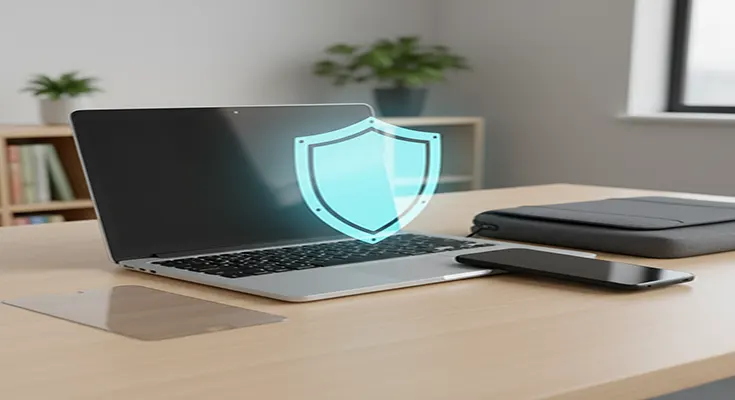
Troubleshooting Common Power Supply Issues in DIY Guitar Pedal Circuits
Building your own guitar pedals is a rewarding endeavor, but encountering noise, no power, or strange behavior is a common rite of passage. More often than not, the culprit lies in the power supply. A DIY pedal’s circuit is only as good as the clean, correct power feeding it.
Here is a guide to troubleshooting the most common power supply issues in your homemade guitar pedal circuits.
1. The Pedal is Completely Dead (No LED, No Sound)
The most alarming issue is a total lack of life. This often points to a fundamental power delivery problem.
| Symptom | Common Causes & DIY Checks |
| No Power/Dead Pedal | Incorrect Voltage: Most standard pedals run on 9V DC. Check your power adapter to ensure it is the correct voltage. Using a lower voltage might result in no power, while a higher voltage (e.g., 18V on a 9V-only circuit) can permanently damage components. Incorrect |





